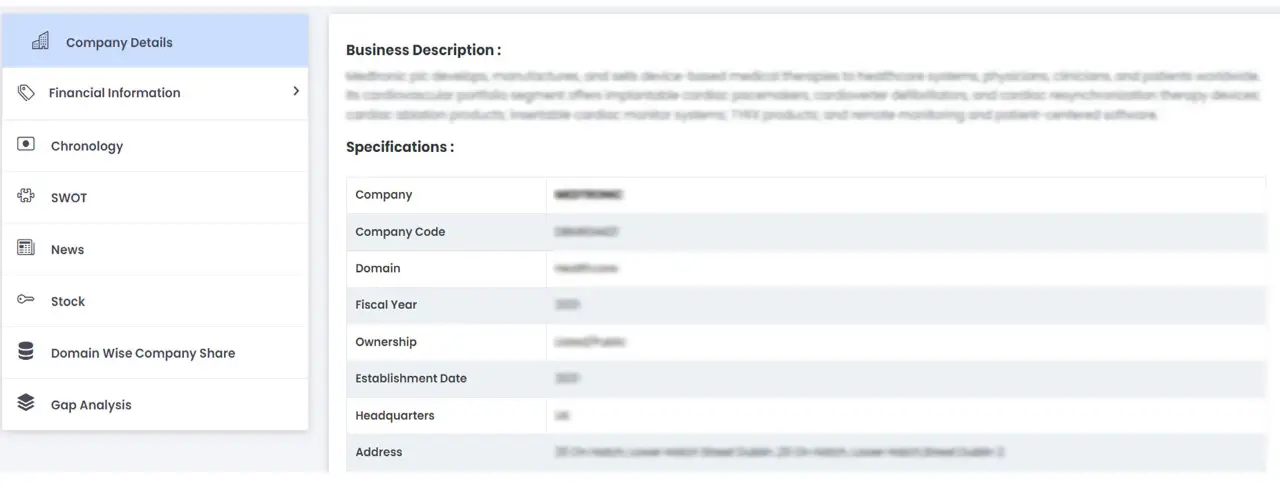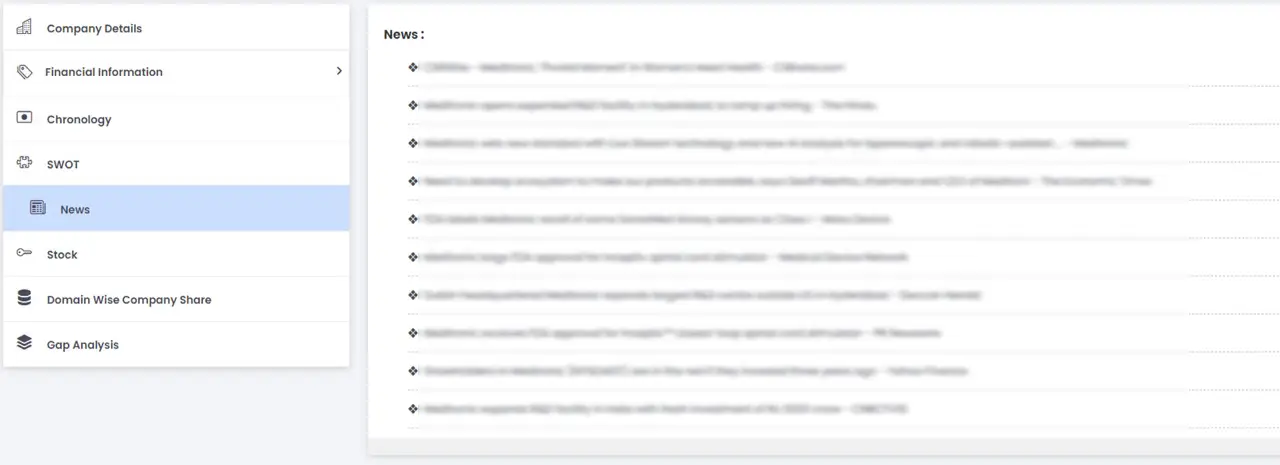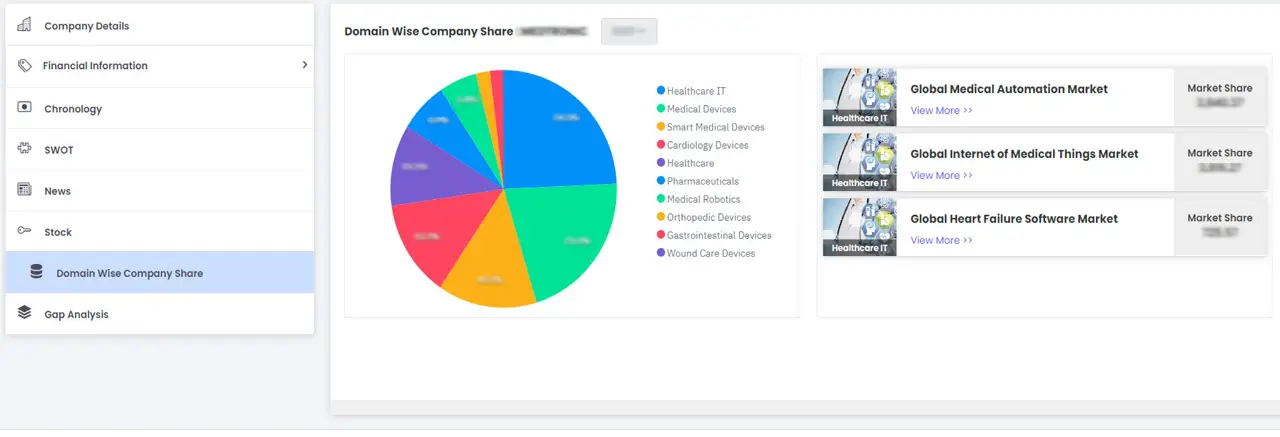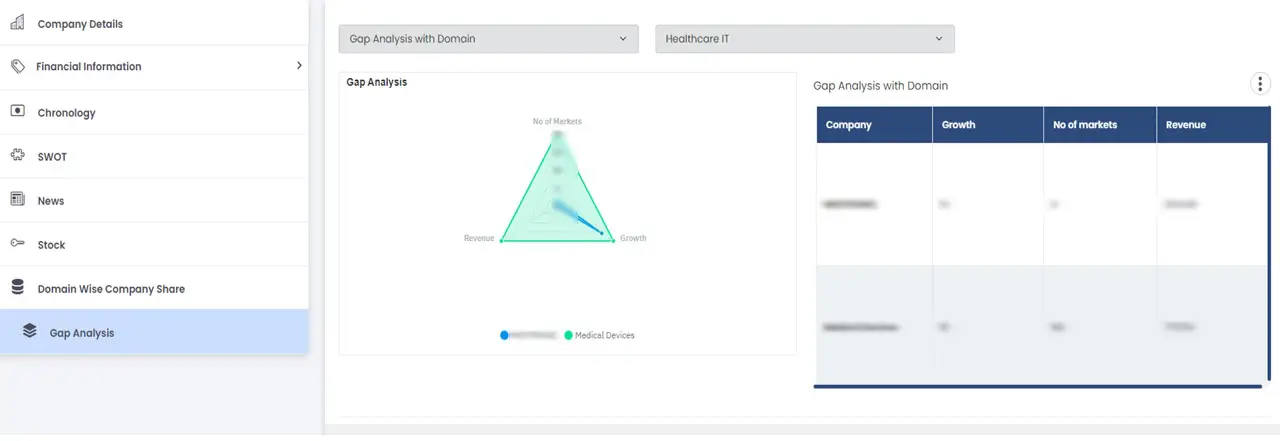- 家
-
私たちのソリューション
- 私たちのソリューション
- レポート
- クラウドソリューション
- 調達コンサルティング
- 会社概要分析
- 一次研究
-
市場ポジショングリッド
- DBMR市場ポジショングリッド
- 一括レポート
- 業界のサブスクリプション
- 年次更新
- 四半期ごとの更新
- 製薬に関する洞察
- 市場洞察
- 当社
- キャリア
- 接触


 The data presented is for visualization purposes only and may not reflect actual results.
The data presented is for visualization purposes only and may not reflect actual results.



